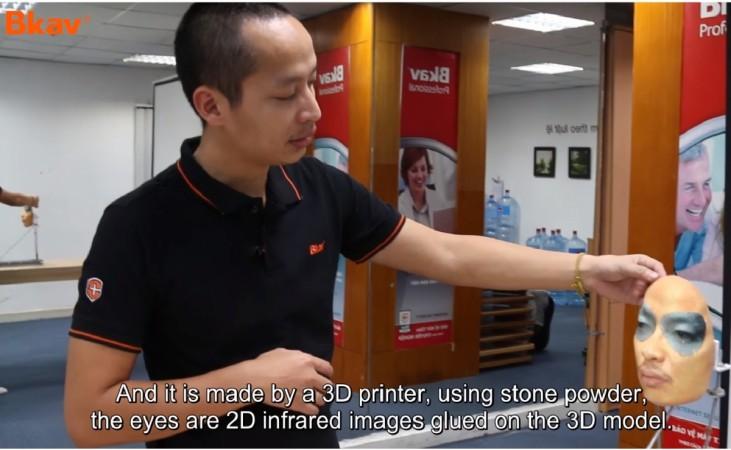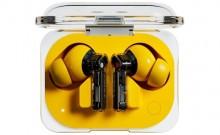Since the launch of the iPhone X earlier this month, lots of people have been attempting to fool the Face ID, the new biometric recognition feature which is the primary security feature of the device. So far Face ID has been tricked by twins, children and even by a 3D mask.
Earlier this month the Vietnamese security company Bkav has fooled Apple's Face ID with a mask costing less than $150. They have uploaded a video featuring Face ID accessed by a mask, but there were several questions about the unlocking methods used in the video, so Bkav is back with another video but this time their evidence is more compelling.
Bkav explains in the new video that the new mask is made of stone powder with 2D infrared images of eyes taped over the mask. Thus, to Face ID, the mask mimics a real face with eyes, which cost approximately $200 to produce.

While in their previous video Bkav researchers didn't show the process of how long it took from that point to opening an iPhone X with the mask. But in the new video, they have shown the entire process, the researcher enrols his face with the Face ID and unlocks the device normally with his face and then immediately unlocks the iPhone X with a 3D-printed visage constructed of stone powder, with 2D-printed eyes stuck on.
This mask appears to be unlocking the iPhone right away. Every time the tried the mask flawlessly fools the Face ID security feature of the iPhone X.
Bkav claims that the materials and tools used to create the mask are "casual for anyone" and that Face ID is "not secure enough to be used in business transactions,"
The researchers named their mask the "artificial twin," as it was similar to the way an identical (or close to identical) sibling could unlock an iPhone X. Indeed, video evidence of such trickery has emerged since the launch of the iPhone X.
When Touch ID was first introduced in the iPhone 5S in 2013 there were many similar demonstrations of how it could be fooled with a fake fingerprint. But there are very fewer chances of these methods being used to unlock the device widely in the real world.
Apple has made so many changes to improve their Touch ID over the years, to make it faster and more accurate, and similar improvements will be made to Face ID in the future to make to more accurate. In the meantime, Face ID can still be fooled by twins or a complicated facial replication process.
Here is the video.

















